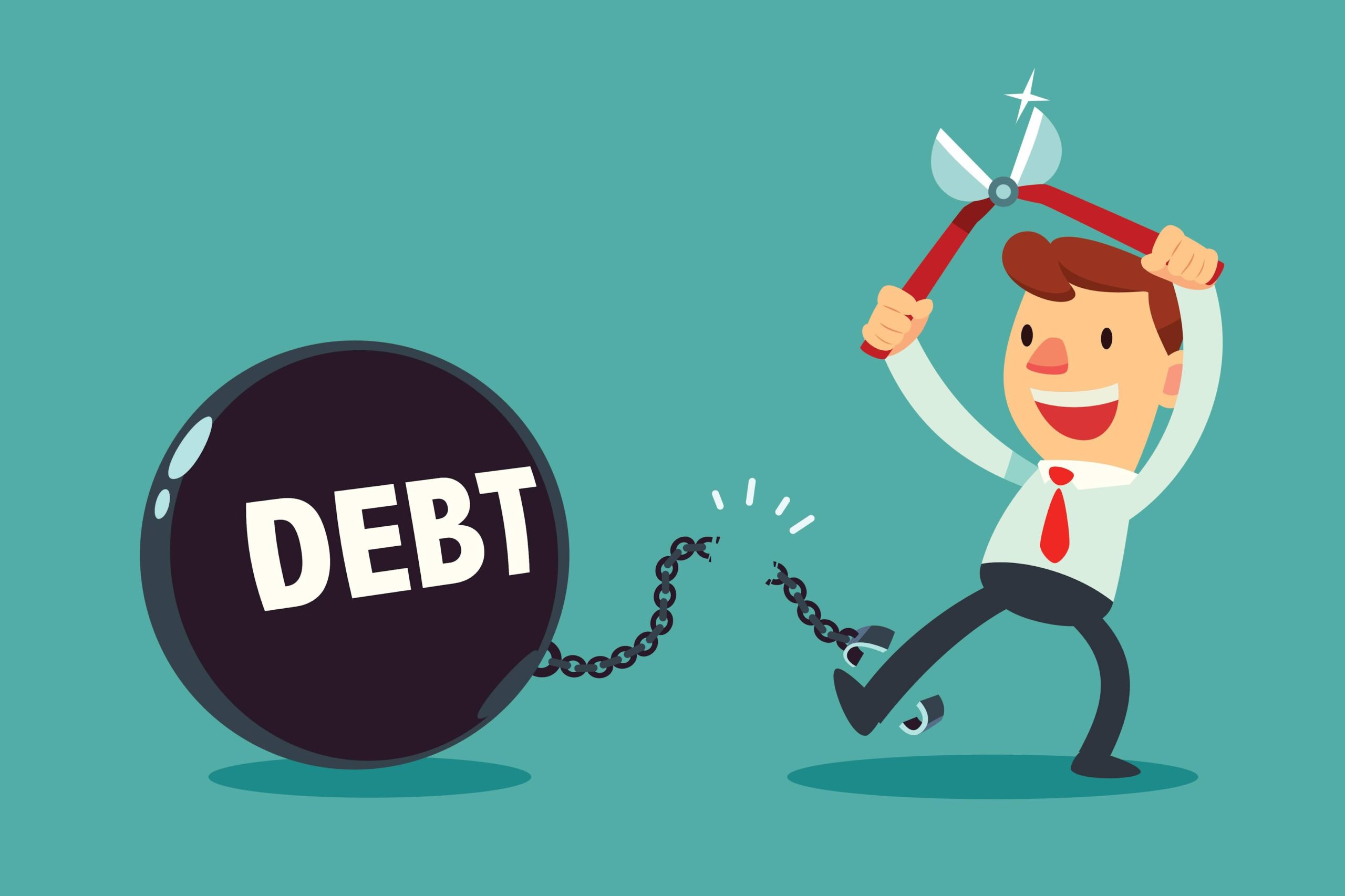What is Debt Restructuring?
Corporate debt restructuring refers to the reformation of a business entity that is in financial trouble. The main aim refinances its existing debt obligations in order to gain more flexibility in the short term and make their debt load more manageable.
This process is usually done by the creditors and the management of the company, which is in distress. It is outside the purview of BIFR (Board for Industrial and Financial Reconstruction), DRT and other legal proceedings.
What is Debt?

Debt is money borrowed by one party from the other to meet the financial need. Many organizations use debt to purchase goods and services that they cannot pay for in cash.
The objects of the CDR mechanism
The objective of the Corporate Debt Restructuring (CDR) framework is to;
“To ensure a timely and transparent mechanism for the restructuring of corporate debts of viable entities facing problems, for the benefit of all concerned.”
“To aim at preserving viable corporates that are affected by certain internal and external factors”.
“To minimize the losses to creditors and other stakeholders through an orderly and co-ordinated restructuring programme”.
How to Achieve Debt Restructuring:
Companies can achieve debt restructuring by negotiating directly with creditors to restructure their loan payment terms. Debt restructuring is sometimes imposed on a company by its creditors if it cannot make its scheduled debt payments. In CDR financial institutions and/or banks restructure the debt of companies who facing financial distress. Here are some ways in which this can be achieved:
1. Debt for Equity Swap:
This is usually the case with companies with a large base of assets and liabilities. Where the creditors feel that bankruptcy is not a beneficial step for the company as well as the creditors. Creditors can agree to forgo a certain amount of outstanding debt in exchange for equity in the company. Where forcing the company to go bankrupt would create little value for creditors.
2. Bondholder Haircuts:
Companies with outstanding bonds can negotiate with their bondholders to offer repayment at a “discounted” level. This can be achieved by reducing or omitting the payment of interest or principal.
3. Informal Debt Repayment Agreements:
This is a more economical and favorable method. This can be done by reaching out to creditors directly and negotiating new terms of repayment. The debt restructuring company may request for lenient repayment terms and even allow some part of its debt to be written off.
